Green Tea
Green Tea
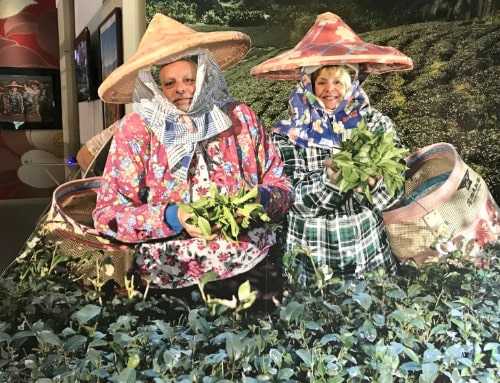
Traditional green tea
Many countries produce green tea but China, Japan and Korea have the longest history of developing distinctive tea cultures and the teas they produce are based on centuries of learning and expertise.
Different flavour profiles in green tea
When customers come into our shop and ask for green tea the first question we ask is “from China or Japan?”. The answer to this “big” question gives us an indication of the flavour profile the customer prefers and helps us find the right type of tea for that customer. Japanese teas for example are famous for their “umami”. Much greener and “thicker” than Chinese green teas, there are eight categories of Japanese green tea, the most popular of which are Sencha, and the powdered green tea, Matcha.
Green tea from other regions
We have tried many green teas from other regions, including India and Sri Lanka but in our experience the very few successful attempts have been produced after much time spent studying and replicating the methods used to make such tea in China.
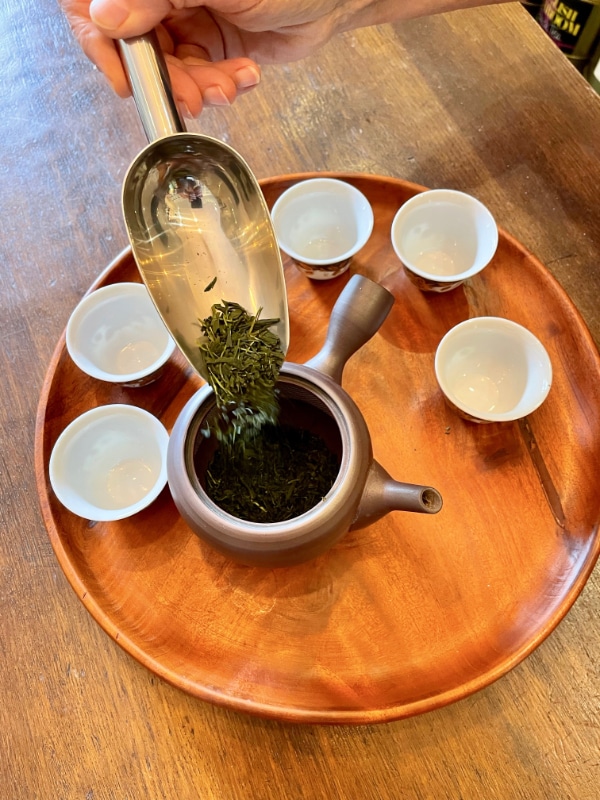
Manufacture of green tea
Green tea can be made of just buds, or from leaf-sets consisting of a bud and one, two, or there leaves. What makes the tea stay green, is that the leaves are not allowed to oxidise. This important “fixing” stage of tea production is called “kill green”, and can be applied using dry heat or steam.
- After careful plucking, a short period of withering.
- Application of heat to de-enzyme the leaves.
- Rolling or pressing of the leaves to develop flavour.
- Final drying to remove moisture content to 2-3%.
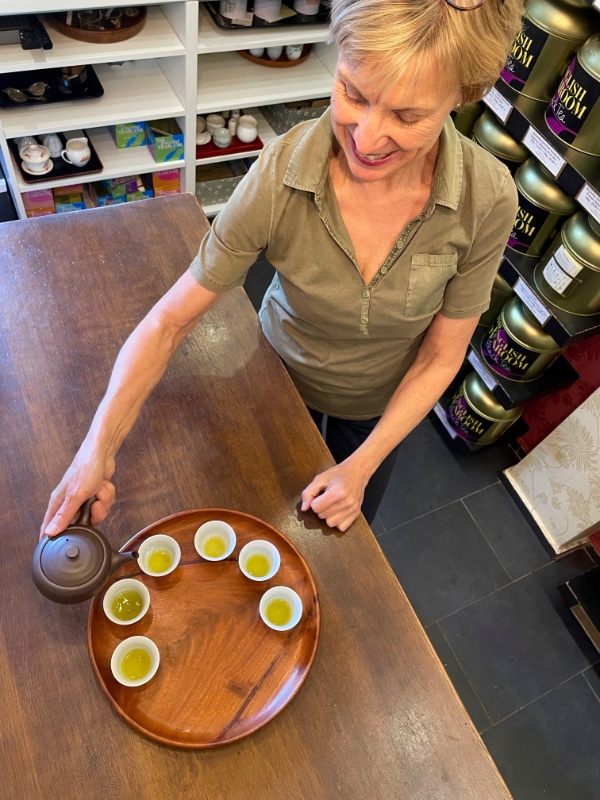
Examples of popular green teas
Known for their clean, fresh flavours and elegant looking leaves, Chinese green teas are pan-fired. Japanese green teas are steamed, resulting in a grassier, more vegetal flavours.
- Sencha is the best known type of Japanese tea and, depending on how long the leaves were steamed for, can be divided into three main types: asamushi, chumushi, and fukamushi.
- Dragon Well (Long Jing) is one of China’s most famous teas. Mild and fragrant, this Chinese green tea typically has a light chestnut flavour and a long, sweet lingering aftertaste.
- Spring Snail Shell (Bi Luo Chun) is a fine example of a tea that has been rolled between the palms of the hands whilst being processed in a wok. Highly aromatic, the flavour combines vegetal and fruity notes.
- Jasmine Pearls are hand-rolled balls made of freshly spring picked buds of green tea, naturally scented with fresh jasmine flowers.
The health benefits of green tea
We are often asked which type of tea is the healthiest. While all tea is healthy, the health benefits of green tea are mainly due to the higher presence of catechins. In green tea, there are 10 types of catechins. Out of those, epicatechin (EC), epigallocatechin (EGC), epicatechin gallate (ECG), and epigallocatechin gallate (EGCG) are the most important in terms of health benefits. About half of the catechin content in green tea is EGCG, and that is the reason why there is so much research regarding the benefits of green tea.
Is matcha the healthiest green tea?
People also ask which type of green tea has more EGCG. It’s hard to tell exactly, but generally speaking matcha has more catechins because instead of making an infusion of the leaves, the whole leaf is ground to powder form and consumed.
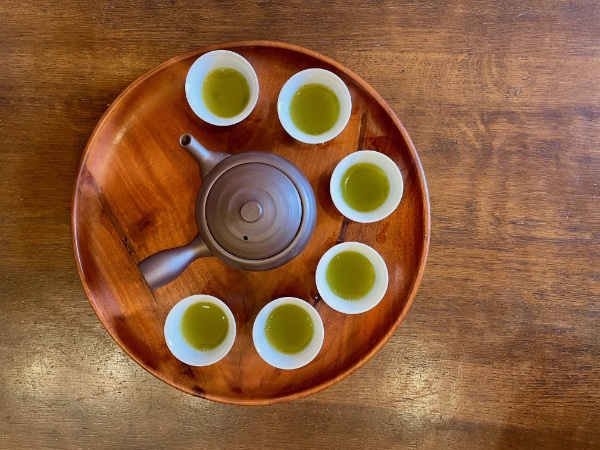
Avoiding bitterness in green tea and why shaded green tea (“Kabusecha”) is popular
While bitterness can be kept at a pleasant level when the tea is prepared correctly, please keep in mind that catechins can cause bitterness in tea. Gyokuro, “Kabusecha” (Japanese teas made from plants that have grown under shade) are sweeter and have comparably less catechins and more L-theanine than other teas. L-theanine adds a sweet taste, and improves the overall flavour of green tea.
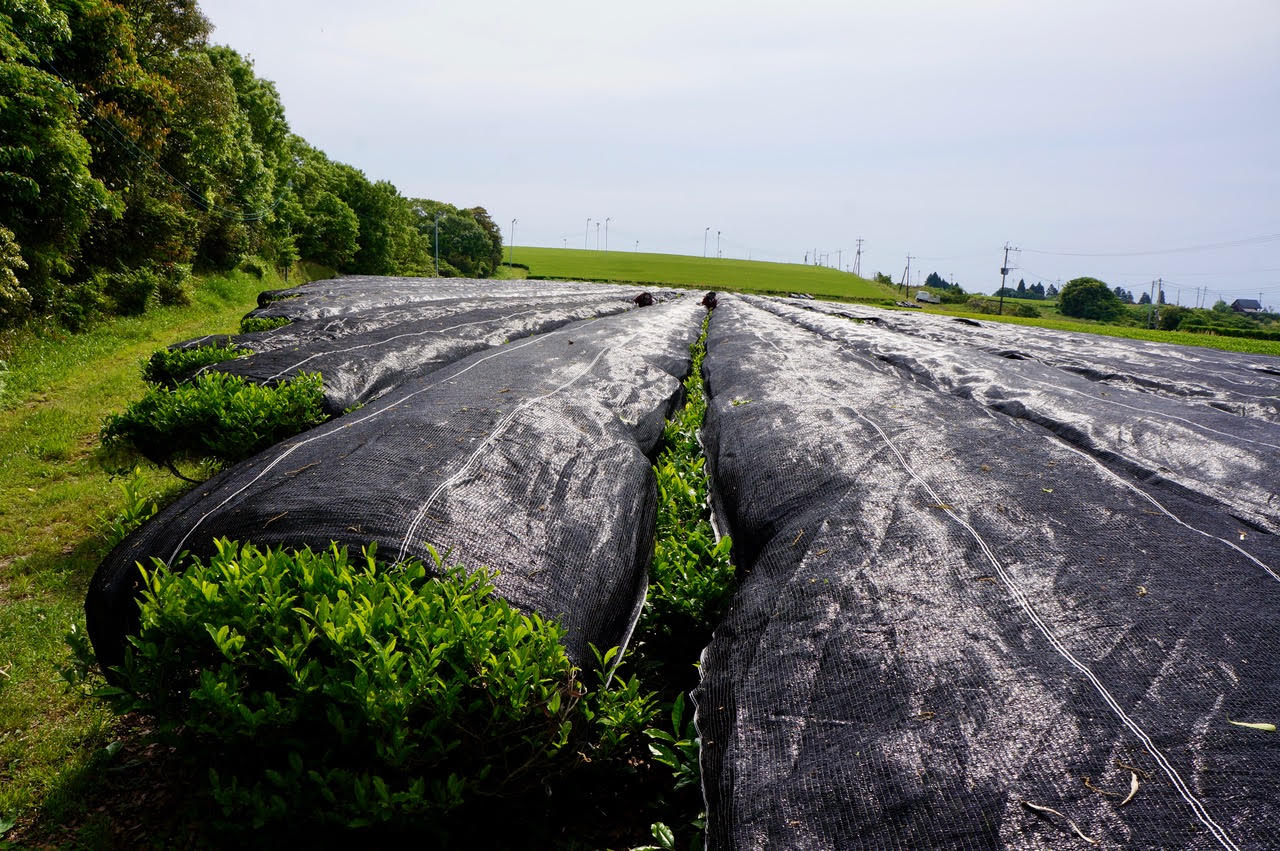
Green Tea Preparation
Premium green tea is suitable for 2 – 3 infusions and should be steeped at 80°C or, depending on the tea, less. If green tea is made using water that is too hot the leaves could scorch, which would result in a bitter, astringent, and unpleasant cup of tea. Subsequent infusions must also be prepared with cooler water, just bear in mind that there is just no such thing as a ‘”piping hot” cup of premium green tea.
There are many flavour nuances that can be discovered by adjusting the steeping time for green tea. Steeping time varies between 2 – 3 minutes, and the volume of tea to water should be between 12 – 15 g of tea for 1 litre of water. We suggest you start with a 2 minute steeping, and taste a tea that is ‘new to you’ every 30 seconds after to see which steeping time you prefer.
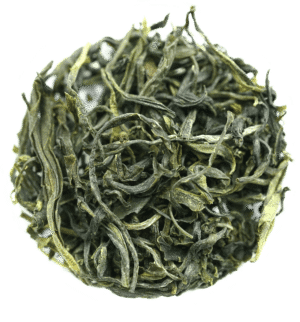
Organic Jade Green (En Shi Cui Lü)
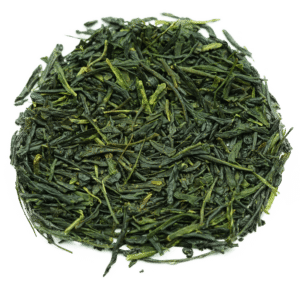
Organic Jeju Joongjak Plus Green Tea
From 1,50 € *
150,00 € – 79,00 € / kg
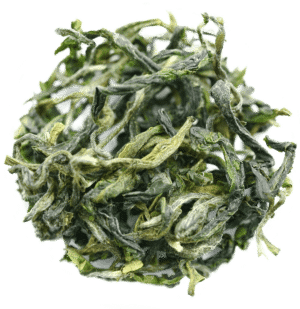
Spring Snail Shell (Bi Luo Chun)
From 4,50 € *
450,00 € – 379,60 € / kg
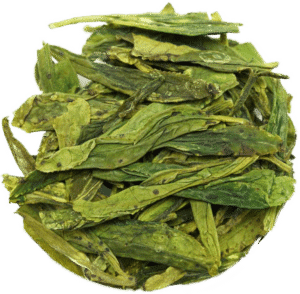
West Lake Dragon Well (Xi Hu Long Jing)
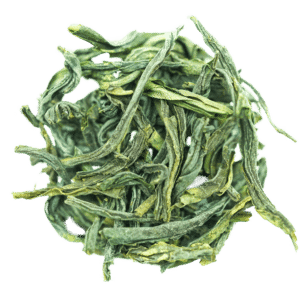
Melon Seed (Liu An Gua Pian)
From 2,50 € *
250,00 € – 178,00 € / kg
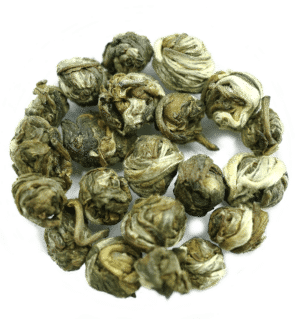
Organic Jasmine Pearls
From 2,90 € *
290,00 € – 220,00 € / kg
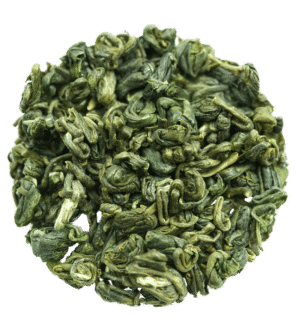
China Emeralds
From 1,90 € *
190,00 € – 155,00 € / kg
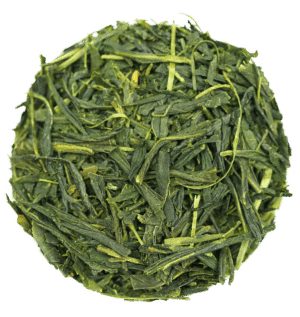
Organic Marimo Mie (Hayashi) Sencha
From 1,90 € *
190,00 € – 125,00 € / kg
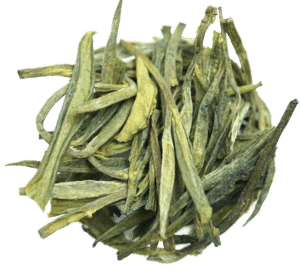
Nilgiri Tea Studio Long Jing (Dragon Well)
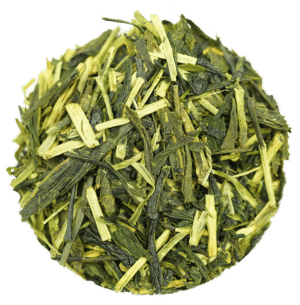
Organic Morimoto Kukicha
From 1,50 € *
150,00 € – 82,00 € / kg
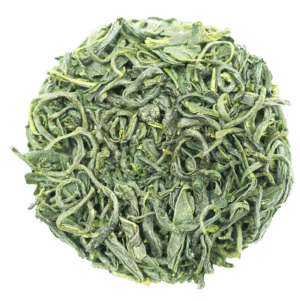
Organic Benifuuki No. 1
From 2,90 € *
290,00 € – 225,00 € / kg
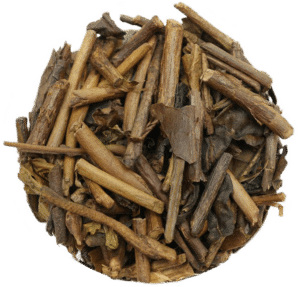
Sannen Bancha
